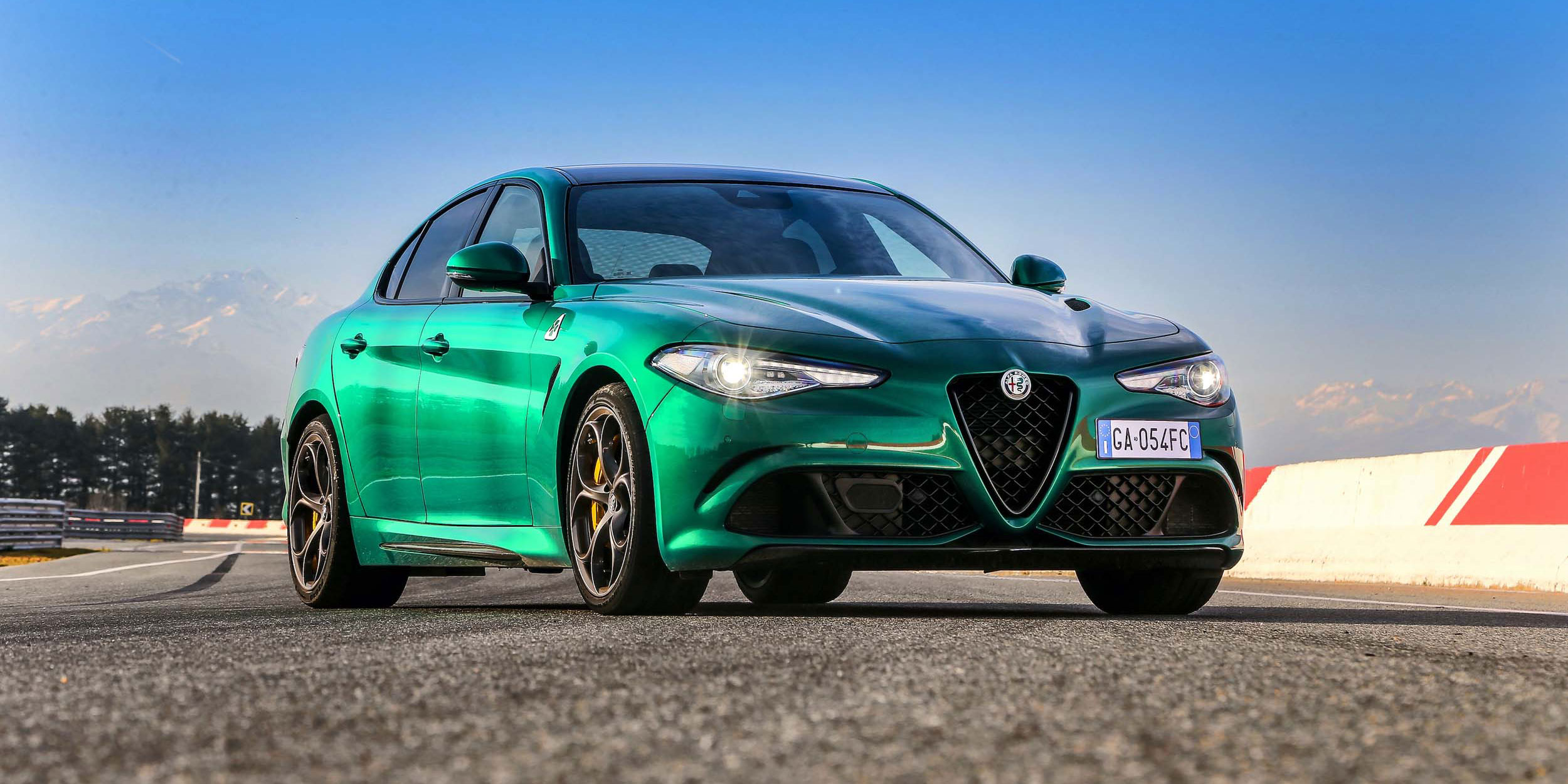Introducing the Jaguar Vision Gran Turismo SV: The ultimate all-electric gaming endurance racer

- Vision Gran Turismo SV: All-electric virtual endurance race car designed by Jaguar and engineered by Jaguar SV for Gran Turismo
- Emotive evolution: Developed from the existing Jaguar Vision Gran Turismo Coupé to deliver extreme performance, traction and high-speed stability
- Real-world design study: Full-scale model built by Jaguar Design to showcase the most radical interpretation yet of an all-electric Jaguar race car
- Virtual engineering: Vision GT SV is fully engineered in the virtual world with aerodynamics optimized, tested and proven using state-of-the-art simulation tools
- Jaguar Formula E technology: Four electric motors developed by Jaguar Racing deliver 1877 hp, with 0 to 60 mph in just 1.65 seconds and 255 mph top speed1
- Celebration of Jaguar racing heritage: Jaguar Vision GT SV combines iconic design references from C-type, D-type, XJR-9 and radical XJR-14 with innovative future technology to create the ultimate Jaguar race car for gamers
- For Gran Turismo: The Jaguar Vision GT SV will be coming to the Gran Turismo game in 2021
(MAHWAH, N.J.) – December 16, 2020 – A maximum speed of 255mph1, an aerodynamic design honed to perfection, and race-winning powertrain technology define the Jaguar Vision Gran Turismo SV: the latest all-electric virtual race car developed for Gran Turismo, and built in the real-world as full-scale design study.
The Jaguar Vision Gran Turismo Coupé – the first all-electric Jaguar sports car created for the globally-renowned Gran Turismo series, revealed in October 2019 – has already proved highly successful, attracting gamers with its radical, heritage-inspired design, driver-focused interior, and outstanding ride and handling.
To the teams from Jaguar Design, Jaguar Special Vehicle Operations (Jaguar SV) and Jaguar Racing, the Vision GT Coupé represented only the starting point for development of the Vision GT SV. It was an opportunity to re-evaluate everything that could improve performance and rethink what an electric Jaguar endurance race car could be.
Fundamental to that process was detailed analysis of gamer feedback from online videos and forums. This “virtual world testing,” combined with many hours behind the wheel, enabled the design and engineering teams to optimize the Vision GT SV to create the perfect electric gaming endurance race car.
“Jaguar vehicles created for the race track and the road have always shared the same DNA – whether that’s the D-type and XKSS, or the I-PACE and the I-TYPE,” said Julian Thomson, Design Director, Jaguar. “So, when the design team behind the Vision GT Coupé were asked to create the ultimate electric gaming endurance racer for Gran Turismo, they worked with engineers from SV and Jaguar Racing to create something really special.”
“The Vision GT SV is a dramatic and visually arresting car which showcases what’s possible when the traditional boundaries governing real-world car design are completely removed,” Thomson said. “In bringing this car to life with a full-size design study we’ve been able to showcase the most extreme version of an electric Jaguar race car that is inspired by the past but looks fearlessly to the future.”
Designed as the ultimate virtual endurance racer, the Vision GT SV pays homage to its illustrious forebears not only in a host of styling and surfacing references, but in its unique circuit board livery which nods to milestones such as the Le Mans debuts of the C-type and D-type in 1951 and 1954, respectively.
Engineered by experts
The streamlined, lightweight composite body structure now houses four Jaguar Racing and SV-designed electric motors to the three in the Coupé, generating a combined output of 1877 hp and 2478 lb-ft. of torque with the traction and dynamics benefits of intelligent all-wheel drive and torque vectoring. Acceleration from 0 to 60 mph takes just 1.65 seconds, on the way to a maximum speed of 255 mph.1
The task of harnessing the power of Vision GT SV to deliver an even more exhilarating racing experience for gamers fell to the engineering team of Jaguar SV.
“We were given one objective: take everything that makes the Jaguar Vision GT Coupé so special – the performance, the handling and the soundtrack – and take it to another level,” said Jamal Hameedi, Engineering Director, Jaguar SV.
“The team didn’t just achieve that target – they exceeded it, developing a virtual electric car which really could compete successfully in the extremes of 24-hour endurance racing,” Hameedi said. “Not only that, they were able to see their work in the virtual world, turned into reality with the production of the stunning full-scale model which will no doubt excite gamers about what’s to come in Gran Turismo.”
The elegant silhouette of the Vision GT Coupé remains clearly recognizable in the Vision GT SV, including the curvature of the C-type and D-type-inspired fenders. Even with the additional motor driving the front axle, the 107.1-inch wheelbase of the Vision GT SV remains unchanged.
Measuring 218.1 inches from nose to tail, the Vision GT SV is 33.9 inches longer overall, driven entirely by aerodynamic enhancements. To deliver the increased downforce needed for greater traction for faster cornering and increased high speed stability on long straights, the Vision GT SV has a new front splitter and a deployable rear wing.
To solve the requirements of increasing downforce while also minimizing drag, Jaguar SV worked with Jaguar Design to develop a full suite of features which work together to improve dynamics, stability, performance and efficiency. In addition to the larger, more effective splitter, which produces downforce over the front axle, apertures in the front valance channel air across the face of the front wheels to reduce turbulence and help air to flow cleanly towards the rear of the car. Air passing through the wheel wells is also smoothed towards the rear via exit vents in the fenders.
The completely enclosed, sculpted underbody includes a keel element behind the front axle to aid high-speed stability while accelerating airflow, helping to reduce its pressure and lift, before it exits at the rear via a large venturi.
The single most effective aero feature developed for the Vision GT SV is its deployable rear wing, inspired by Jaguar endurance racing cars, including the XJR-14. Meticulously developed from concept to final design through many iterations, the main, fixed, section of the wing wraps over and around the back of the car, blending smoothly into the rear haunches.
The wing is designed as an integral element of the sculpted bodywork while also providing the aerodynamic performance required for endurance racing. At speed, two moveable sections automatically rise to deliver extra downforce when needed but drop back to their nominal positions to minimize drag. As a result, the Vision GT SV has a remarkably low drag coefficient of Cd 0.398 and generates over 1000 lb. of downforce at 200 mph.
“All the aerodynamic features have been painstakingly optimized through cutting-edge computational fluid dynamics analysis – in exactly the same way we do with real-world projects such as the Jaguar I-TYPE Formula E race cars,” said Michael O’Regan, Aerodynamics Senior Engineer, Jaguar SV. “What I’m most proud of is how we’ve developed the GT SV into a credible electric race car with performance on a par with current endurance race cars – and in such a short space of time.”
Electrifying performance
Jaguar Racing engineers developed the extraordinary, quad-motor all-electric propulsion system of Vision GT SV. They also designed the system for the Vision GT Coupé, applying their knowledge and experience from developing the Jaguar I-TYPE race car over six seasons. After a second, 400-hp motor was added to the front axle, the thermal management system was improved to cope with the higher loads and to ensure that sustained high speeds and extreme acceleration could be maintained throughout an endurance race.
With one motor driving each wheel, the propulsion system of Vision GT SV generates a combined output of 1877 hp and 2478 lb-ft. of torque. Each motor has its own single-speed transmission, in order to give the strength and robustness needed for the high torque ratings with minimal mass and friction for optimum efficiency, and the capability to deliver a top speed of 255 mph.
The one-motor-per-wheel configuration enables electric all-wheel drive as well as precise control of lateral and longitudinal torque distribution, delivering a step-change in torque vectoring capability for even greater traction, agility, and control.
Power comes from a state-of-the-art lithium-ion battery pack housed low in the light, stiff body structure of the Vision GT SV, delivering a low center of gravity, a low roll center, and near-perfect weight distribution.
“Working on the development of Jaguar’s Formula E I-TYPE race cars in parallel with the Vision Gran Turismo SV has given the Jaguar Racing engineers an unprecedented opportunity to apply their expertise to two incredible electric race cars – our most advanced Formula E car yet, and an endurance racer for the virtual world,” said James Barclay, Team Director, Panasonic Jaguar Racing. “Both have been designed and developed using state-of-the-art simulation tools to push all-electric powertrain and software technology to the limit, and we can’t wait to see them perform in Season 7 and Gran Turismo.”
The thermal management system is enhanced by an additional liquid nitrogen circuit that provides extra capacity to enable the battery to provide maximum power for longer while remaining within its ideal temperature range. The nitrogen cooling is also linked to the boost button within the cabin, to ensure that even during the most demanding operating conditions the battery will not exceed its upper temperature limit.
The ultimate virtual driving experience
The powertrain soundscape so fundamental to the visceral driving experience of the Vision GT Coupé has been further enhanced for the Vision GT SV. Reflecting the increase in power and torque from the four electric motors to the three motors of Vision GT Coupé, the GT Vision SV generates a sound that is even more purposeful, distinctive, and authentically yet futuristically Jaguar. Building to a crescendo at the 40,000 rpm redline, it reflects the true racing DNA of Vision GT SV and delivers unrivaled driver reward.
The experience is heightened by an interior designed for racing. The sweeping surfaces within the cockpit envelop the driver and position the instruments and controls exactly where they need to be. Each component is beautifully crafted with absolute precision using advanced lightweight materials, including the new TYPEFIBRE fabrics used to cover the two sculpted, composite seats. TYPEFIBRE is an innovative system of performance materials being developed by Jaguar to deliver a lighter alternative to leather with outstanding comfort and durability. TYPEFIBRE fabrics will be tested by Jaguar Racing in the I-TYPE 5 during season 7 of the ABB FIA Formula E World Championship.
1, Always follow local speed limits.


